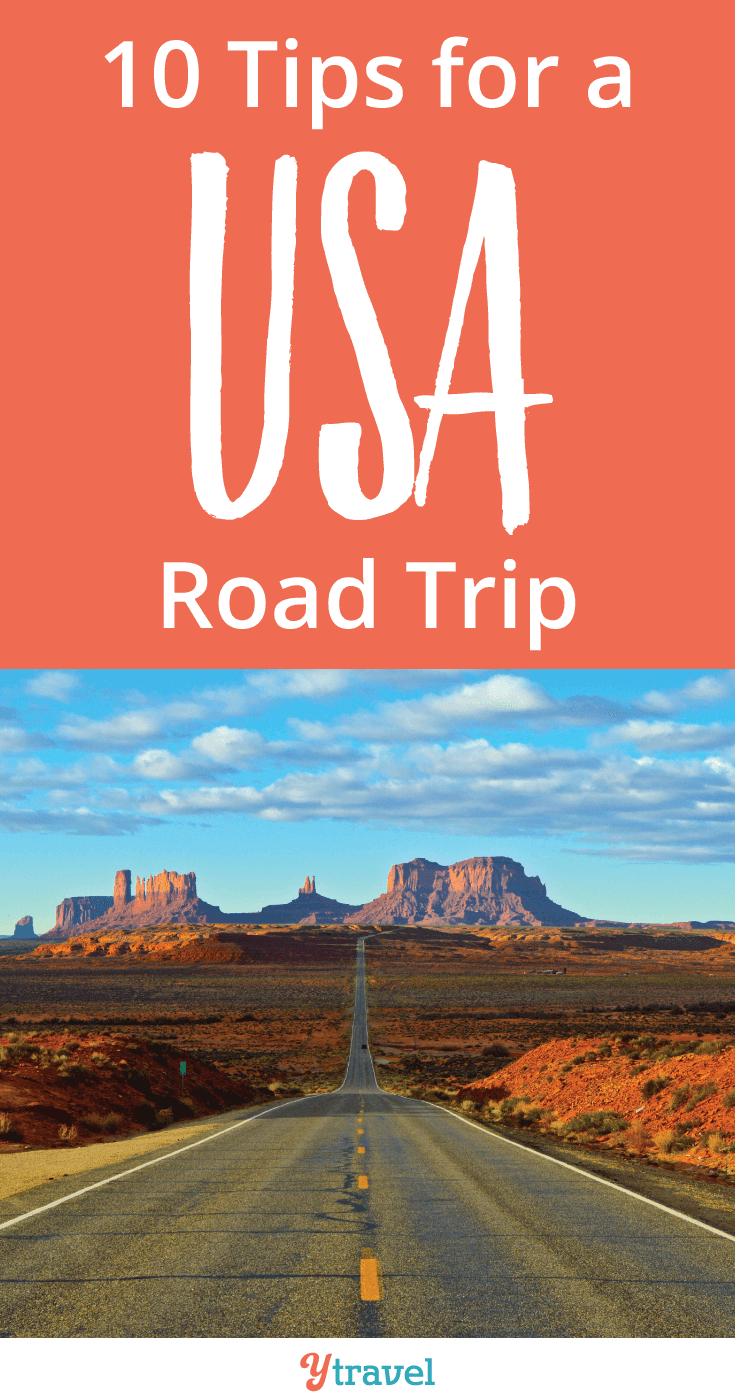This post may contain affiliate links. We may receive a small commission, at no cost to you, if you make a purchase. Read Disclosure.
Every traveller should do a USA road trip at least once in their life.
The United States is the absolute best country for roadtrippers. It’s big but very drivable and the roads are excellent.
There is such a huge amount of diversity in America. Each state feels very different from the next, both in landscape and in culture.

After road-tripping in the US for more than a year, we only covered about 60% of the States but we’ve learnt a few things about travel in USA along the way, because as it turns out, planning a USA road trip isn’t east.
If you’re wondering how to plan a USA road trip, here are some of my top tips and things you should know to make the most of your adventure.
NOTE: This post was originally written by a guest author, but Caz and Craig (founders of ytravelblog) have updated to include helpful information based on their experiences road tripping the US (5+ years, 11 months of that full time in an RV, 38 states covered. We’re now green card holders, living in Raleigh NC, so are very knowledgeable on US travel)
Tips for Planning a USA Road Trip
Below are some of my top tips for planning a USA road trip to make sure you go in prepared and also make the most of your experience.
1. Understand the USA is a BIG Country
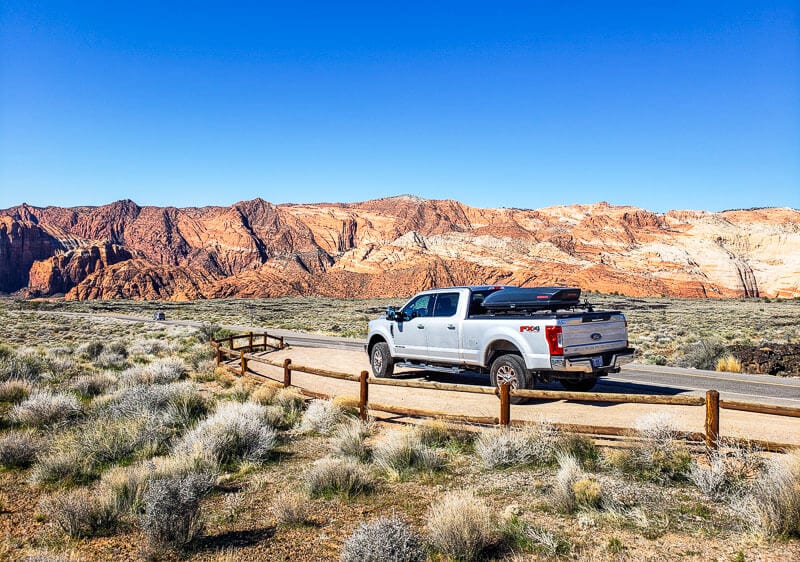
We were road-tripping in the US for over a year and still only covered 30 states! By the time we finished travelling we only hit around 40.
While we all go in with high expectations of seeing everything and doing everything on a cross country road trip, it’s not going to be possible. Unless you have two years at your disposal, you probably won’t get to see all 50 states.
If you’re limited on time, pick a section of the country rather than trying to cover a lot of ground.
There are some really good US road trips that you can do in under a couple of weeks if you don’t have time to drive across the whole country.
Here are some US road trip itineraries that we’ve done on our travels:
- A Spring Mountain getaway to Virginia’s Blue Ridge Parkway
- Pacific Coast Highway
- Oregon Road Trip
- Utah Road Trip
- Olympic Peninsula Loop
- Boston to Dallas
- South Florida Road Trip (Florida Keys to Key West)
- Mountains and Music Road Trip: Tennessee to North Carolina
- Southwest USA Road Trip (Nevada, Utah, Arizona and New Mexico)
Check out our best road trips in the USA list, our East Coast road trips list, and best scenic drives in the USA for more inspiration
2. You Might Need A Visa for the US
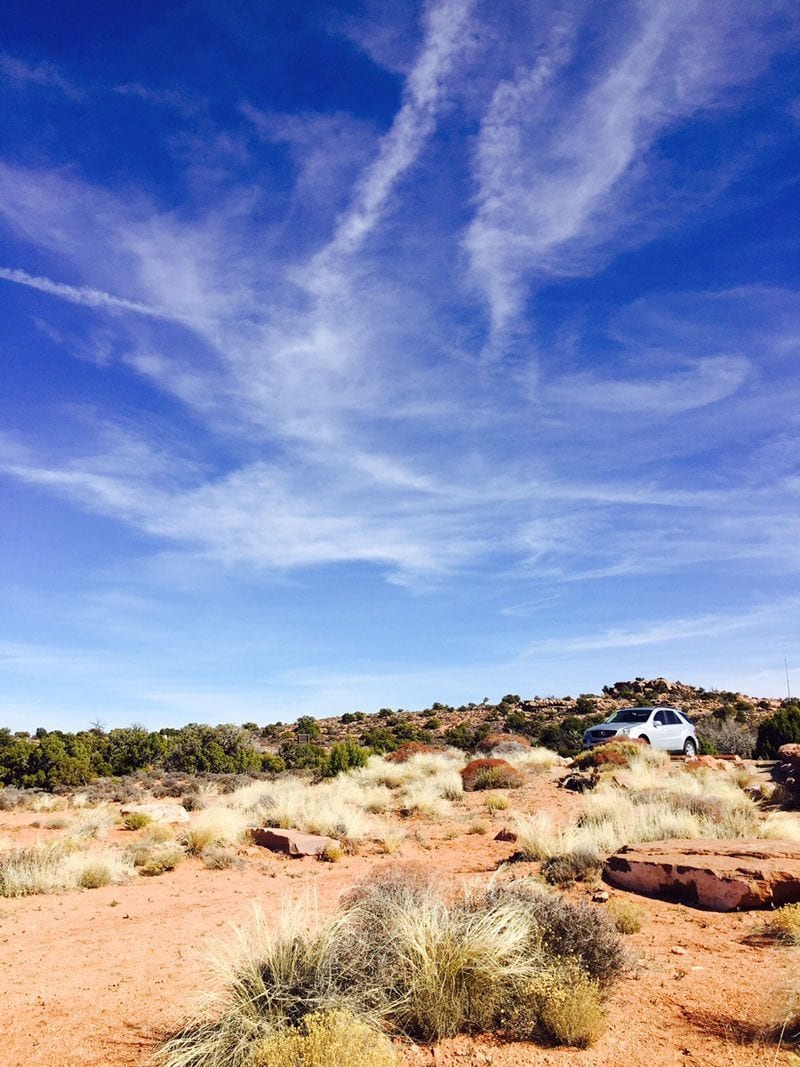
If you’re coming to the US for just a few weeks and flying in and out, no problem! You can enter under the Visa Waiver Program using an ESTA (electronic pre-approval).
If you want to stay longer than 90 days or if you plan on also visiting neighbouring countries, the US visa situation is a little complicated.
Once you hit US soil, your 90 days starts ticking but it does NOT reset if you cross the border to Canada, Mexico or the Caribbean.
In fact, any time spent in these countries counts towards your 90 days in the US if you visit them after you entered America. You can apply for a 6-month tourist visa if you want to do a longer trip.
Here are the details of how we did it.
3. Note It’s Cheaper to Hire a Car in Advance on Local Sites
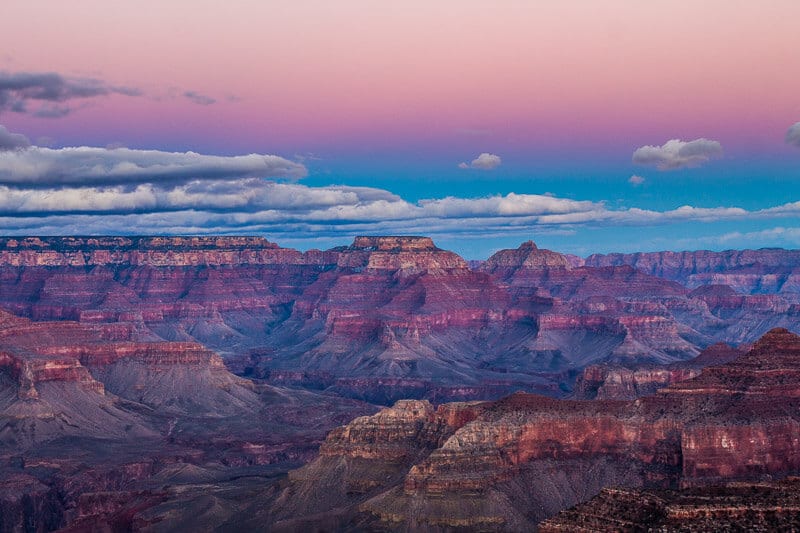
It’ll definitely be cheaper to book your rental car or rental RV before you leave for the USA on an Australia, UK or New Zealand car hire website.
Quotes from US car hire companies might look attractive but they do NOT include taxes or insurance, which are paid when you collect the car, so you’ll have to double them to get the true value of the rental.
We find the best prices for rentals come from UK sites because they include all the fees and insurance.
4. Know That Buying a Car in the USA Isn’t That Easy

…and it’s probably more trouble than it’s worth unless you’re spending at least six months road tripping.
In the US you have to register the car in a state, probably the one you purchase it in, and get insurance. Both of these things require a US address so if you’re lucky enough to have a friend or relative who can help you, it can be done.
We found only one insurer that would cover us as drivers with a foreign license and the insurance was $450 per month! We managed to negotiate it down to $200 per month after six months of driving with no accidents.
You MUST mention you have a foreign license when you buy your policy or you won’t be covered if you have an accident.
5. Don’t Bring Too Much Stuff from Home
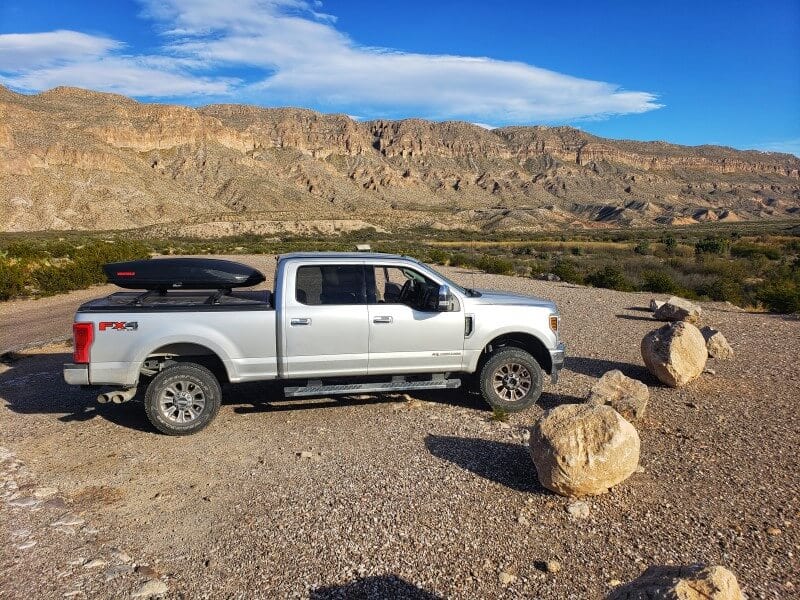
“Stuff” is cheap in America. Pack light or, better yet, come with an empty suitcase! Clothes, shoes, toiletries, electronics…it’s all cheap in the US.
If you need gear for your USA road trip, stock up at a Target or Walmart before you hit the road for items like a car seat, a GPS and a cooler. (Incidentally, it’s almost always cheaper to buy car seats and GPSs outright than it is to rent them with your car when travelling in the US.)
If you’re planning on camping on your road trip in America, find a REI store for all your gear or shop on Craigslist for second-hand supplies.
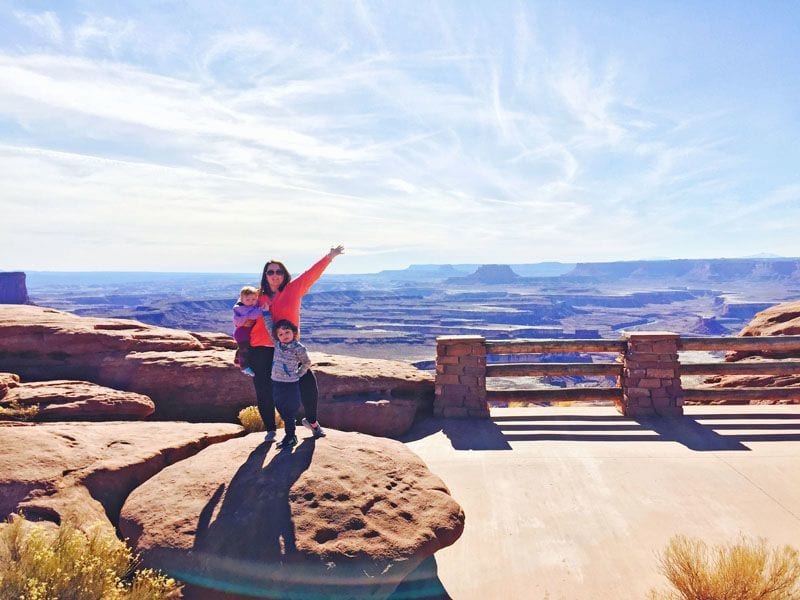
6. Get A National Parks Pass For The Amazing National Parks in the USA

One of my favourite aspects of travel in the USA are the amazing National Parks.
Some of the entrance fees are quite steep, up to $35 for the big parks like the Grand Canyon and Bryce Canyon. You can purchase an annual pass to cover the entrance to US National Parks for only $80.
Don’t forget about State Parks too. There are some incredibly interesting ones like Antelope Island in Utah.
State Parks usually have a smaller entrance fee, and are not covered on your National Parks pass.
Here are some of our favorite national parks you cannot skip:
- Rocky Mountain National Park
- Grand Teton National Park
- Yosemite National Park
- Yellowstone National Park
- Zion National Park
- Monument Valley
- Olympic National Park
- Great Smoky Mountains
- Arches National Park
- Horseshoe Bend and Antelope Canyon
7. Accommodation Can Be Cheap (If You Know a Few Tricks)
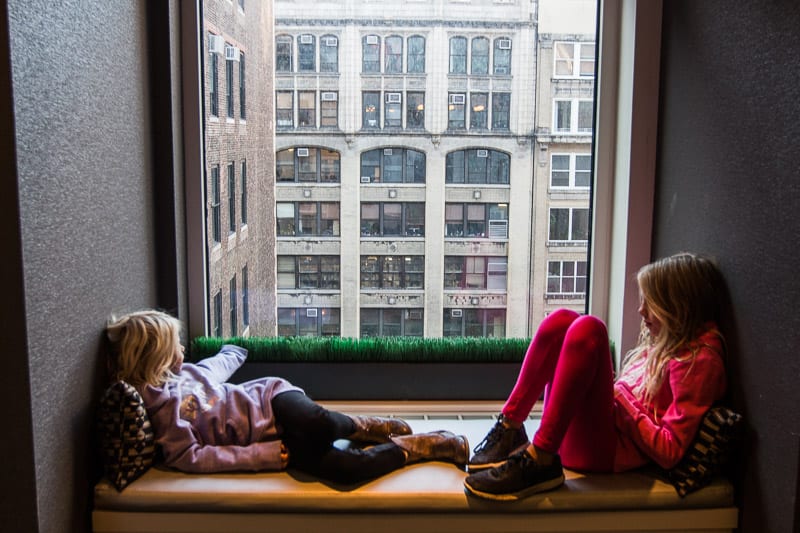
We rarely spend more than $50 to $80 a night on hotels in the USA.
2 to 3.5-star hotels are good value in the US and almost always include free wifi, parking and often breakfast.
Many rooms also have a fridge and microwave and they almost always have a guest laundry. Travel in the US is really good value!
We have learnt a few simple tricks that save us a ton on accommodation in America.
One of the best tricks is to use price comparison sites like Priceline, which are like mystery hotels, to get massive discounts on hotels. We usually save 25 to 60% on all our hotels by booking this way.
If you’re on a longer US road trip, you’ll need to break up your days of driving with longer stays here and there.
Spending a week in an apartment or house will give you much-needed space from your travel companions, time to catch up on laundry and relax after long stretches of driving.
While vacation rentals often aren’t cheaper than hotels for a night or two, hosts often drop their nightly rate dramatically if you’re staying a week or more.
Don’t forget camping as well. KOA campgrounds are great for families and similar to what you’d experience in a Big 4 campground in Australia.
8. Tipping in the US is a Necessary Evil
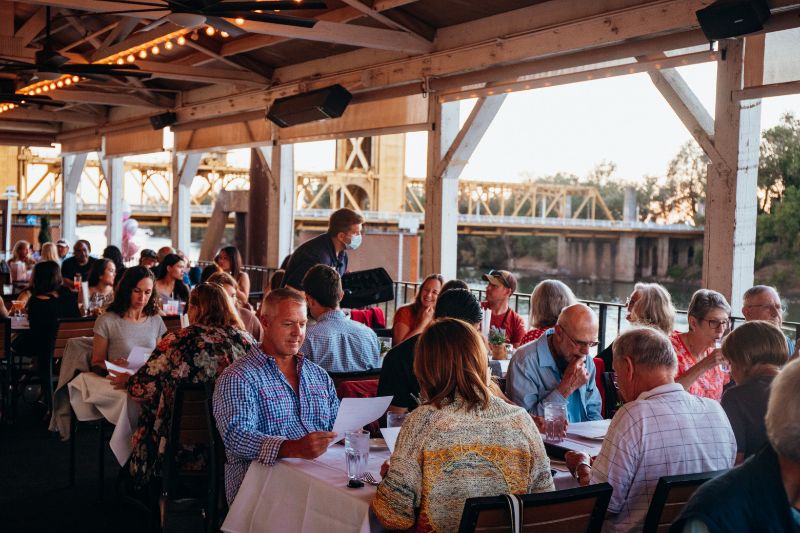
To Australians, Kiwis and Brits tipping for practically everything in the US gets annoying and can feel uncomfortable.
It’s actually a necessity for workers in the US as minimum wages are incredibly low. Your waitress is probably only earning a couple of dollars an hour and her income comes entirely from tips.
What should you be tipping?
Wait staff in restaurants should be tipped 10-20%. Tip your bartender $1 per drink. Taxi drivers should be given $1-3 per journey or around 10% of the metered fare.
Hotel porters or room service staff bringing something to your room should get $2-5 depending on the level of hotel.
When you check out of your hotel room, you should leave $1-2 per night of stay in a hotel room as a tip for the cleaning staff.
9. Be Careful What You Eat

The quality of food in the US is generally pretty atrocious.
Lots of colourings, preservatives and the dreaded high fructose corn syrup in everything. Combined with the huge portion sizes, travelling in the US can be a recipe for piling on unwanted weight.
There are a few things you can do to make sure you don’t pack on pounds when you’re road-tripping in the US.
Buy a cooler and pack a healthy lunch for the days when you’re road tripping all day.
Shop at Whole Foods or Trader Joes for food that isn’t full of chemicals. Avoid fast food and, if you need something on the go, choose Chipotle over anything else.
Skip the ever-tempting free bread and soda refills that American restaurants are famous for.
10. Know The History of the US is Complicated and Fascinating
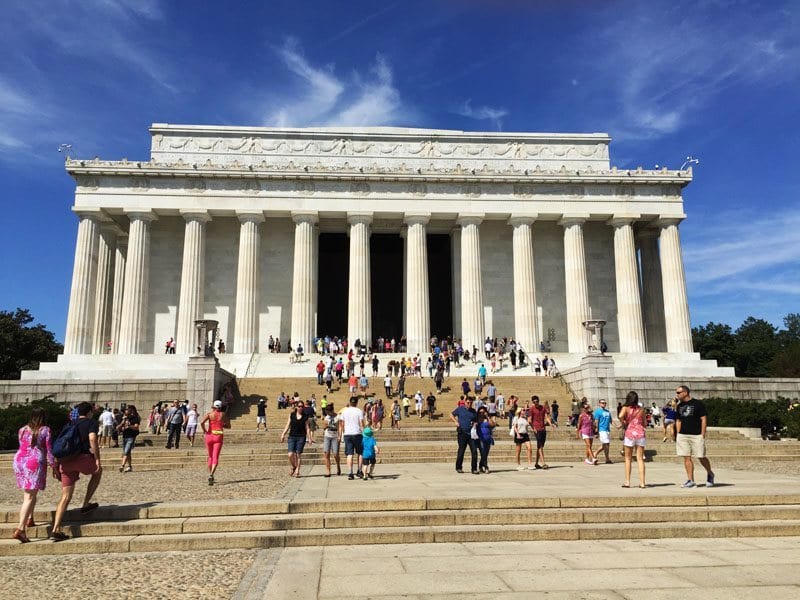
We aren’t taught much about US history in school in Australia and New Zealand.
Most of my knowledge about US history, appallingly, comes from TV and movies. That said, you will learn so much by travelling around the US. There is history everywhere! Especially on the East Coast. (Check out this Revolutionary War road trip idea)
You’ll come across lots of fascinating places you’ve heard about like Salem, MA (famous for its 17th-century witch trials) and many you never knew existed like St Augustine, FL (which was actually the first city in the US, settled by the Spanish!).
We often find a historic trolley tour the best way to get to know these special places and their history.
You can also do a bit of learning before you go so you understand some of the key parts of US history.
There is an amazing documentary series on YouTube called Crash Course in US History that will take you from the Native Americans right through to the modern day.
11. Download Routes on Google Maps
When you’re driving cross country, you may find the cell service is out of range, so try to download your routes and maps beforehand.
A great app that allows you to download maps and use them offline is MapsMe, which is particularly great if you want to go on a hike as it shows the hiking trails.
You may also want to get a satnav navigator or driving app such as Waze, which tells you the speed limits, where speed cameras are and where cops are stationed as you’re driving.
12. Go Slow, Drive Less, and See More

There are some incredible landscapes in America, not just in the national park but between cities.
Don’t try to drive long stints, go slow and try to see more. Contrary to what you might think, the driving is the least fun part of the road trip!
13. Always carry snacks for the road
You never know when the next gas station or grocery store is. Some people have to drive 70-miles to get to their nearest shop, so don’t expect to be able to stop and get food whenever you please.
Actually, finding snack food is difficult driving on the interstate in the USA – especially if you like healthy foods. Otherwise, you can easily find something fatty with extra servings of sugar.
14. Always keep your gas tank full
The long stretches of road with nothing on either side also means you need to keep your tank full.
It’s always a good idea to note down where each gas station is on your route so you know where you can fill up.
You may go 70 miles before you see a gas station.
15. Don’t avoid the cities

It’s easy to get sucked into the nature of the USA, it’s gorgeous! But the cities are also incredible destinations that are not to be skipped past.
Cities such as Santa Fe and Taos in New Mexico have incredible Native American History and Spanish Colonial History.
Places like San Diego and Seattle are thriving and up and coming cities with a younger crowd and easy-going vibe.
New Orleans, particularly in the French Quarter, is a city unlike anywhere else. It has a jazz scene and Mardi Gras is a whole vibe and one of our highlights of our visit.
Then of course you have the classics like New York City, Los Angeles, San Francisco, Miami and Las Vegas.
Every city is unique and diverse and different from the others, so be sure to give them the time they deserve.
16. Watch the Weather
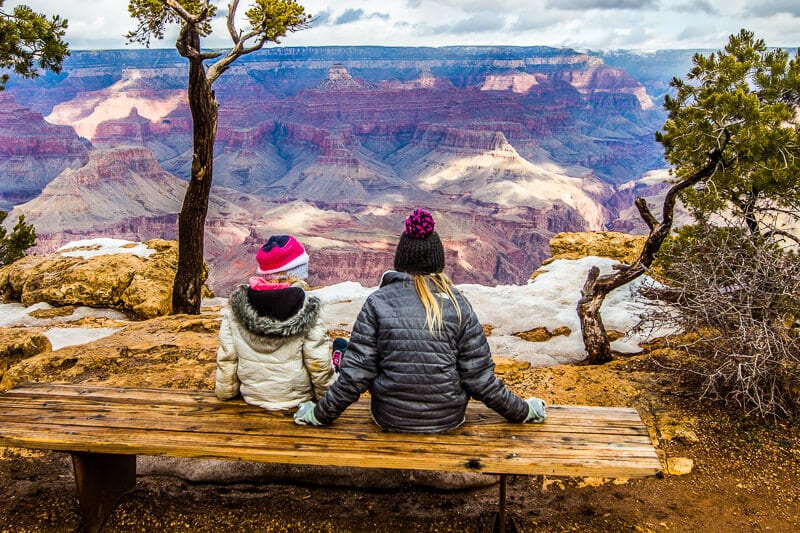
If there is one thing we learned on our extended RV trip of the US, is it can get complicated if traveling outside summer months – even then there are things like hurricanes to think about.
Our experience was 18 months caravanning around Australia – 9 months of that was in the Top End where we never saw one cloud and temps below 25 degrees.
We had to change our road trip plans multiple times in the US because of unexpected snowstorms – often in the spring and fall seasons. We ended up spending three days in the Grand Canyon in the winter and missed Bryce Canyon and Sequoia National Park because of snowstorms.
And then I missed Sequoia again in the early Fall because of bush fires.
The East Coast will experience hurricanes from June – November, with a large part of them hitting in September. We once had to abandon ship (literally) on a Western Caribbean cruise due to Hurrican Irma. Florida may not be the best destination for you at this time – besides it’s stifling hot and full of mosquitos.
We also spent the summer in Oregon and Washington State and probably had about 10 hot days in total – not the kind of summer an Aussie dreams of!
So know in advance the kind of weather experience you are seeking, do thorough research on weather patterns for tha time of year and plann accordingly.
Final Thoughts on Planning A USA Road Trip
So there you have it, those are some of my top tips for planning a Great American road trip!
Whether you’re looking to travel for a month or a year, I hope these tips help you understand what you are getting into and gave you some helpful planning advice.
Pin to share on Pinterest


Are you planning a USA Road Trip? Or have you already visited the USA? Share any tips or questions in the comments below!
